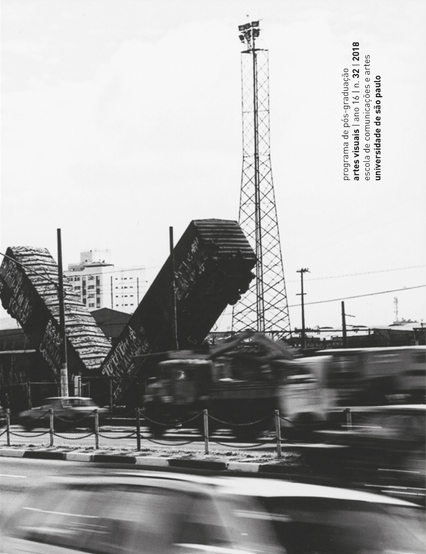The wabi-sabi aesthetics: complexity and ambiguity
DOI:
https://doi.org/10.11606/issn.2178-0447.ars.2018.142233Keywords:
Japanese aesthetics, wabi, sabi, wabi-sabi, yūgenAbstract
This article refers to a research on wabi-sabi aesthetics, whose development was based on Zen Buddhism and Chinese artistic treatises and gradually improved with genuine Japanese aspects, such as yūgen and yojō, present in poetic literature and nō theatre. As it had been consolidated in the art of tea ceremony by tea master Sen no Rikyū, wabi-sabi was selected by the government as the representative aesthetics of Japanese culture, and in the mid-twentieth century it become one of the most well-known Japanese artistic “concepts” in the West. Due to this intricate trajectory of cultural displacement and agglutinations, it is our purpose to verify some basic differences between bibliographies on the theme produced in Japanese and in a few Western languages.
Downloads
Downloads
Published
Issue
Section
License
The responsibility for obtaining written permission to use in the articles materials protected by copyright law lies entirely with the author(s). Ars is not responsible for copyright breaches made by its collaborators.
The authors have the copyrights and grant the journal the right of the first publication, with the article licensed under the Creative Commons BY-CC License.
Licensees have the right to copy, distribute, display, and carry out the work and make derivative works from it, including with commercial purposes, granted that they give the due credit to the author or licensor, as specified by them.
Licensees compromise to inform the appropriate credit, provide a link to the license, and indicate if changes were made.
Respected the terms of the license, the licensors/authors are not allowed to revoke the conditions above mentioned.
After the publication of the articles, the authors keep the copyrights and the rights to republish the text exclusively in unpublished books and collections.


